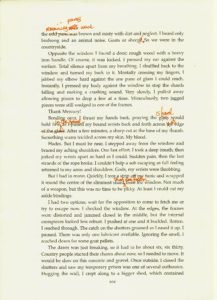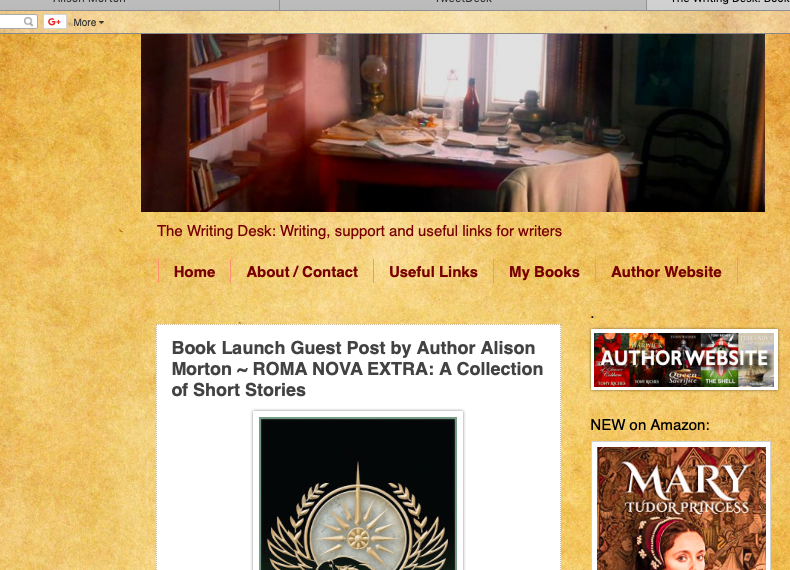First you have an idea, then you think it through, conjure up characters or sometimes try to stop them yammering at you, then you imagine a setting and stir all together into a really sticky problem.
Several months later or sometimes a year later, out comes a typed manuscript. If you’ve chosen to go the indie publishing route, give up a social life, television and sleep. Now you enter the world of running a business or at the least managing a complex major project. Think ‘Grand Designs’.
Commissioning a cover
Ah! First you need to think about what image you want to project, what brand to create for your work. What concept is behind your book? What image or idea will the cover convey?

The 2019/21 Roma Nova covers by Jessica Bell Design
The design will kill or make your book, so you need to be clear about these things. This is your chance to wander into bookshops and surf online book stores to see what is attractive in your genre and call it ‘work’.
Next you will need to listen to your chosen cover designer who may want to do something different. The professional ones tend to know what sells and what doesn’t while still producing a creatively satisfying window into your work. But you will need to work with them, contributing without being insistent or protective. You will need good communications and an eagle eye to check each round of cover proofs. Oh, and you’ll need to work up some super-enticing back cover copy, and, if possible, some supportive endorsements.
 Editing and proofreading
Editing and proofreading
Realistically, schedule 4-6 weeks, depending on whether you have booked your editor in time. You will have self-edited anyway and sent out the manuscript to your critique partner, beta readers, street team or writing circle, before the final version goes to the professional (paid for) editor. I usually have three rounds before going to the copy editor. This takes time and concentration; none of it should be skimped. After the copy edit and revisions, your book is formatted and then comes proofing. By now, you are so fed up with the manuscript, you want to hide under the table, but no, you have to gather up your grit (as my heroine Carina says) and get on with it, meticulously. If you really, really can’t bear to face it, commission a professional proofreader.
Formatting
Now your book is taking shape. You can use a formatter (human being) or risk uploading it as a Word document to a distributing retailer and let their software produce a file, or format it yourself with publishing software. Set aside time for this and for making cups of tea to refresh your patience.
I use Vellum software which does all the hard work for you with a range of pre-set templates, but which you can (if you are fussy geek like me) tweak to produce all kinds of different effects.The beauty is that you can play with it before you buy. Although you can use the same Vellum file for ebook and print versions, I use separate files as I like things in different order in the different formats. I allow plenty of time for this stage, but I have to say, it always takes less time than I’ve budgeted for.
Now you have to proof the files Vellum has generated before you upload them to distributors and retailers (see above).Your eyes will go into bulge and red-rim mode again and you may have to do corrections and last minute tweaks. When completely sure (and I never am, but time presses), order your print proofs.
Pre-launch stuff
While you’re waiting for copy-edits or structural edits or beta readers and at least 4-6 weeks before publication date, you spend days at the email coalface contacting all the friends, fellow authors, bloggers and reviewers you know to ask for their help launching your treasure. You will have set up a spreadsheet, of course, to track it all to include name, email, website, what you agree on after a little negotiation (guest post, review, Q&A), date agreed, date drafted and date sent.
When the post is published on that person’s blog, you then should tweet, post on Facebook or wherever and check back for comments, especially if you offer a giveaway of your book. And enter the URL in your spreadsheet so you can repost/retweet in a few weeks’ time without scurrying around the Internet.
Next, write those guest posts, and send them in with appropriate images at least a week before the due date. Nothing annoys bloggers more than receiving the material the day before!
Write posts on your own blog about research, motivation, character studies, and post short extracts. Set up tweets and posts, etc. in the week or two before publication date including little graphics sporting a ‘Pre-order now’ sticker. And if you have a spare moment (falls over laughing), set up tweets, etc. for publication day itself.
The day or two before publication….
Get some sleep. You’ve done the heavy lifting for now. The odd tweet, a last minute blogpost, chatting in groups – these are all pleasures of the ‘lull’.
You’ll post on all your social media that your book is out, chat to fans who bought your book on pre-order, perhaps host an online party and generally bask in congratulations. A glass of bubbly is completely allowable even at 10 a.m.
There are zillions of books and tons of advice about publication day events, so I won’t duplicate them here, but for indies, this is just the start. Your blog appearances are beginning, and you’ll need to keep up with those hosting websites. Reviews will come in and you’ll move onto he next phase of marketing.
What?
Post-launch marketing
This phase lasts years, possibly into infinity. ‘Long tail marketing’, or continuous marketing, is normal in the indie world as you control it. Your work is not sidelined after a few weeks to make way for the next author’s launch. You are the star of your own show. I still market my first trilogy, especially my first book, INCEPTIO; that’s five years old and it still attracts five star reviews from new readers.
 But you’re still going to have to keep up the hard work. Oh, and write the next book at the same time.
But you’re still going to have to keep up the hard work. Oh, and write the next book at the same time.
ROMA NOVA EXTRA, a collection of short(-ish) stories ranging from 270 AD to 2019 is available now as an ebook on Amazon, B&N Nook, Apple/iBooks and Kobo and as a paperback from your usual bookshop.
Alison Morton is the author of Roma Nova thrillers – INCEPTIO, CARINA (novella), PERFIDITAS, SUCCESSIO, AURELIA, NEXUS (novella), INSURRECTIO and RETALIO, and ROMA NOVA EXTRA, a collection of short stories. Audiobooks are available for four of the series.Double Identity, a contemporary conspiracy, starts a new series of thrillers. Double Pursuit, the sequel, is now out!
Find out more about Roma Nova, its origins, stories and heroines and taste world the latest contemporary thriller Double Identity… Download ‘Welcome to Alison Morton’s Thriller Worlds’, a FREE eBook, as a thank you gift when you sign up to Alison’s monthly email newsletter. You’ll also be among the first to know about news and book progress before everybody else, and take part in giveaways.
















Thank you so much for this, Alison. Such a lot of great advice which I have saved as I’m sure I’ll be retuning to time and again. My debut book is out today with another due early next year so this is going to be invaluable. Many thanks!
Delighted you found it helpful. And good luck with your book, Paula.
And if your book is popular enough there’s the arduous task of locating someone to translate into another language.
Luckily I have a few contacts as I used to own and run a translation company! But yes, it’s quite an investment!
Thank you for this. Having just launched my first novel the biggest mistake I made was not allowing enough time for everything. At the moment I don’t know up from down. Wish I’d read this earlier.
There’s an awful lot to do launching a book and I’m learning all the time, even, or perhaps especially, after eight years. But you can catch up or even relaunch and by then you might have some reviews to back you up. Good luck with yours!